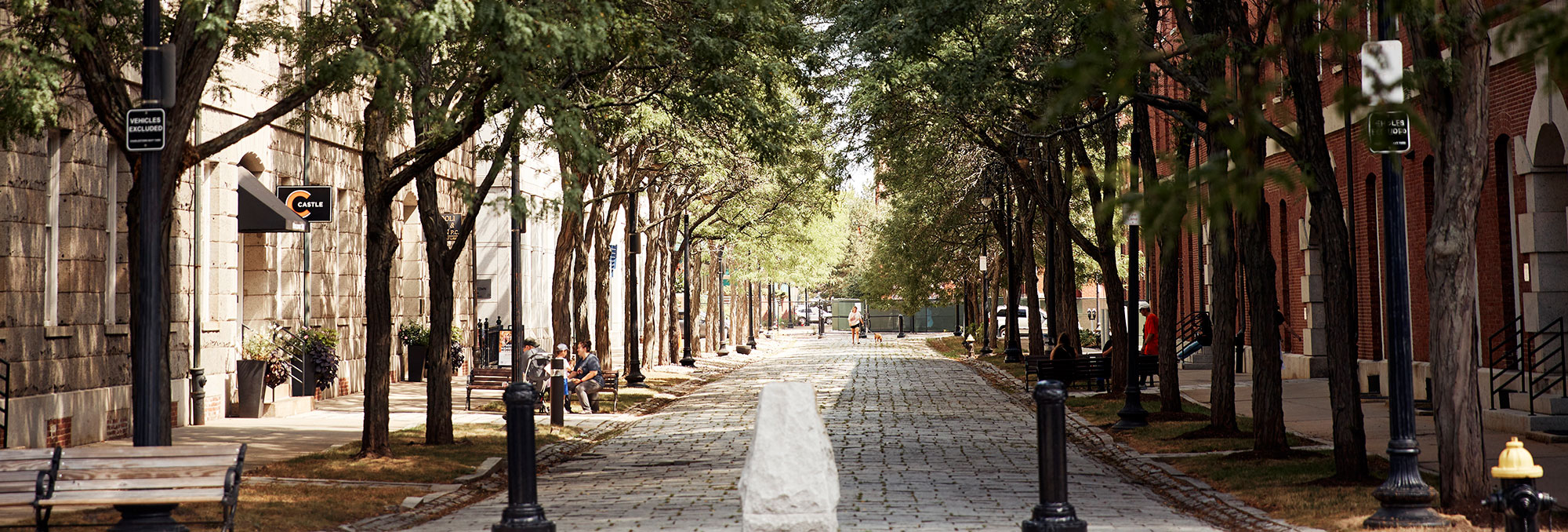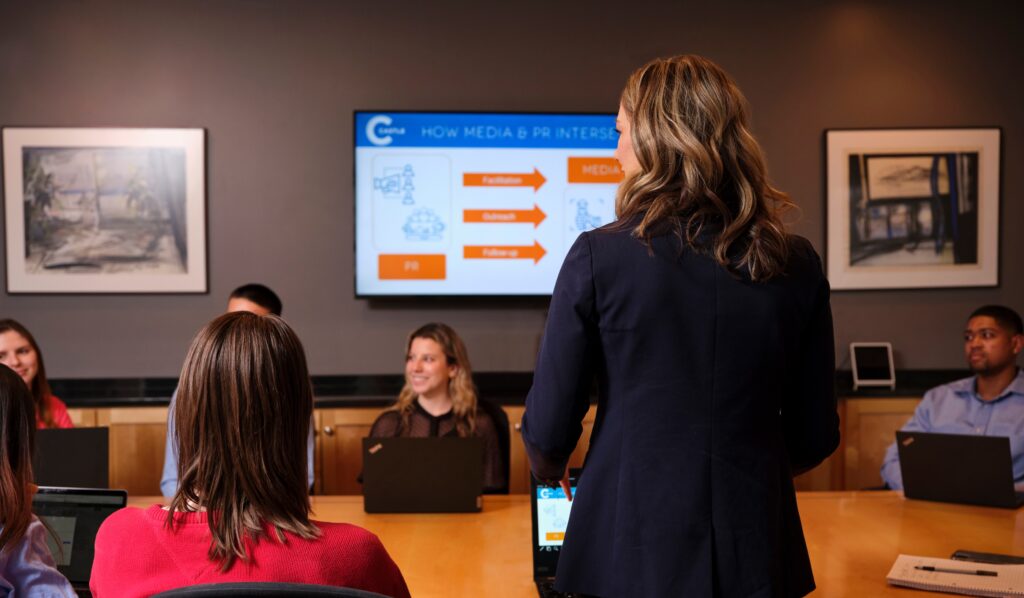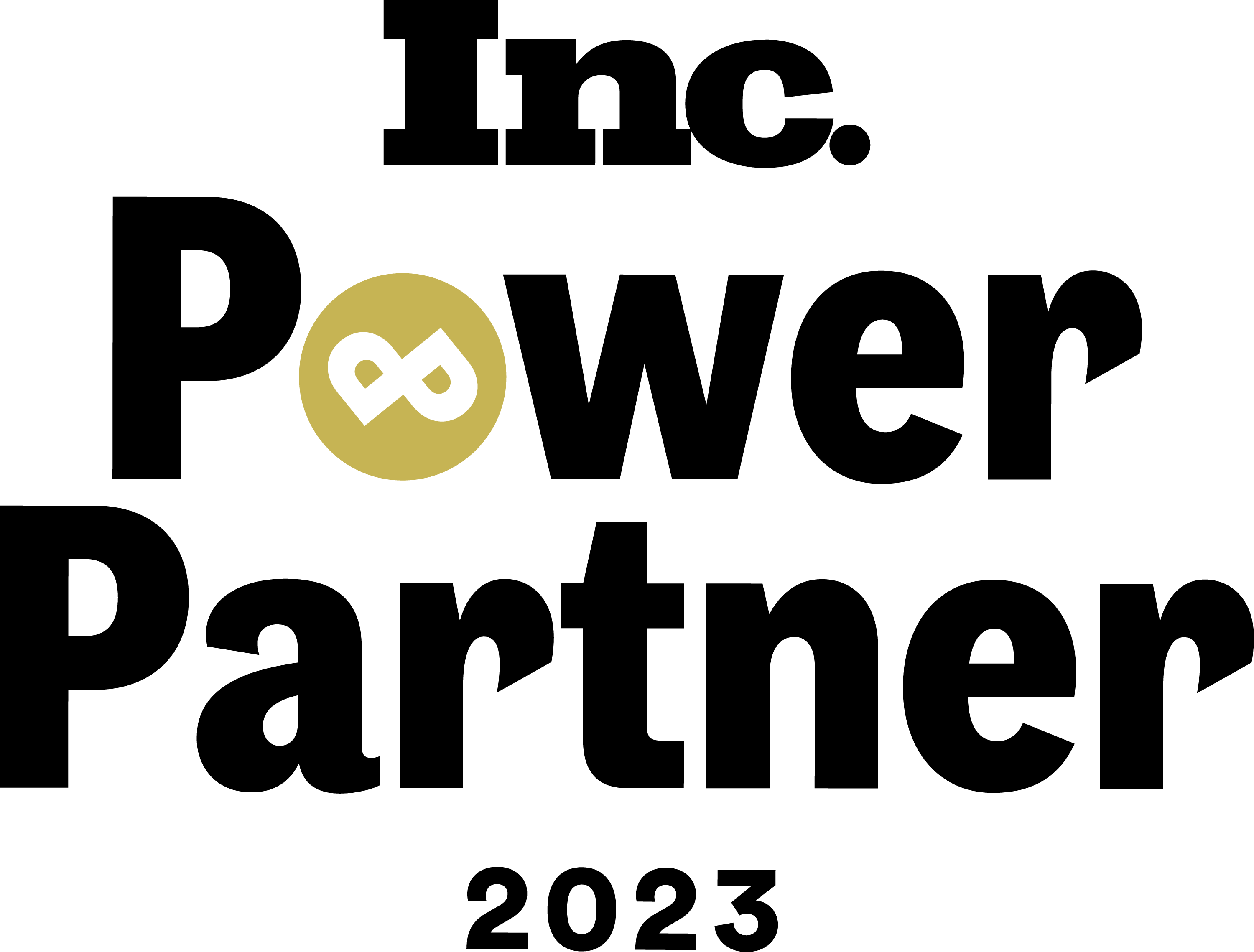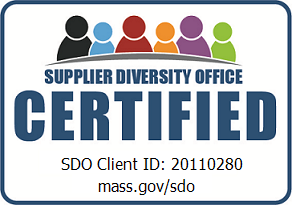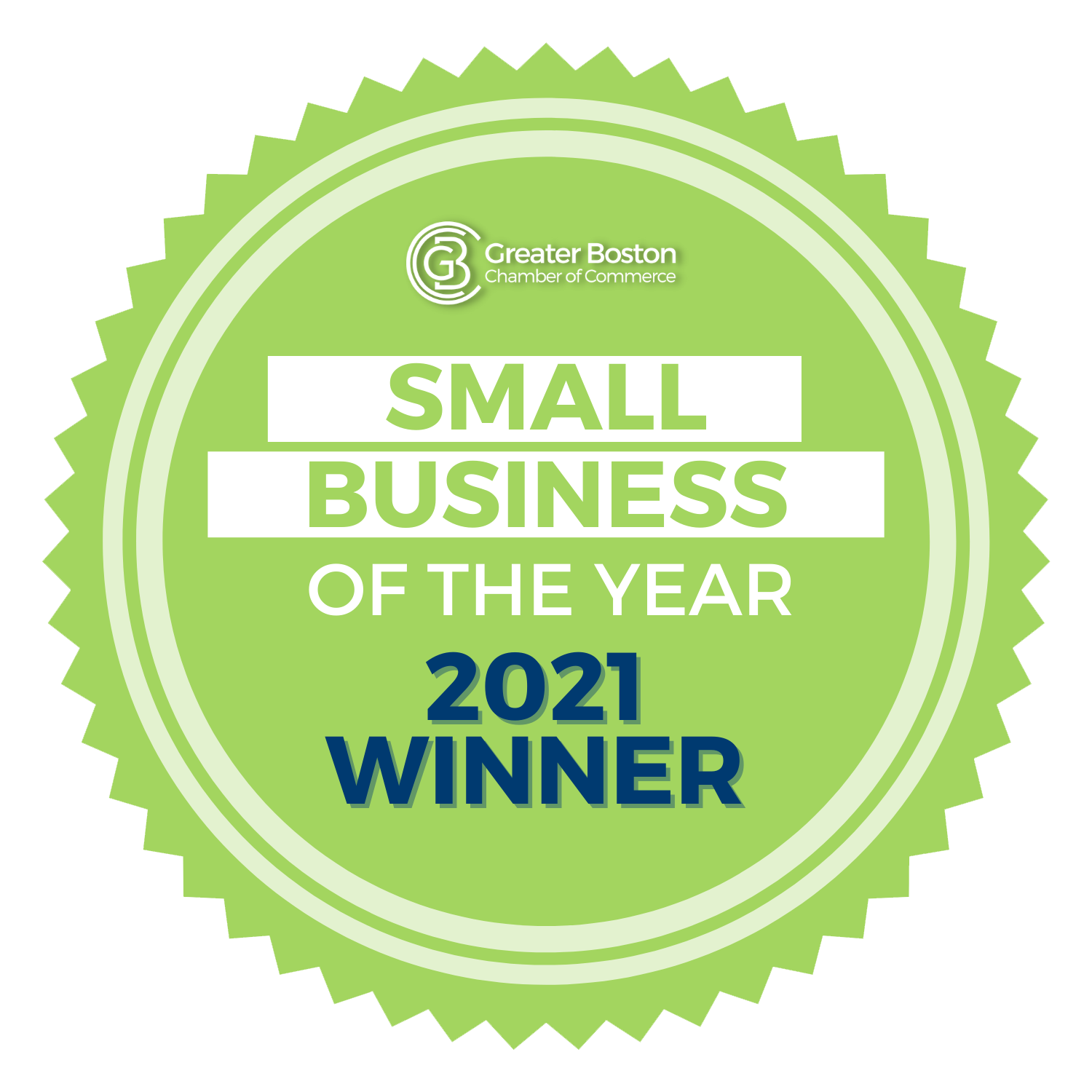At The Castle Group, we pride ourselves on keeping ahead of the latest corporate event trends. We’re reading industry publications, browsing new event themes on Pinterest and attending events across the country–on the lookout for what’s new and innovative that we can incorporate into our client’s events. Recently, virtual and augmented reality have become integrated into events around the world.
You may be wondering, what’s the difference between virtual and augmented reality? Virtual reality is a three dimensional, completely computer-generated environment. Users usually need to wear a virtual reality headset and may also need compatible gloves or handsets to be able to effectively interact with the virtual world. Once wearing the headset, the participant will hear and see everything as though they were in the environment. If you are looking into a virtual reality headset for a rollercoaster, for example, you will see yourself sitting in the seat while listening to the clacking of the tracks as you’re being pulled up the hill.
Augmented reality combines both computer-generated elements and the user’s real environment to blur the line between reality and technology. With augmented reality, viewers interact with computer generated overlays as they move within the real world. You may remember when the augmented reality game, Pokémon GO, took the world by storm in 2016. Players could catch digital characters within their real-world environments using their iPhones as gateways.
Below are some examples of how each of these technologies are being integrated into corporate events:
Virtual Reality:
- Attendance: Event organizers have begun to experiment with iPads on Segway’s to allow guests who are unable to attend the event, to “walk” the halls of the event and interact with guests from a remote location.
- Site Inspections: While there is something to be said for interacting with your environment during a site inspection to fully experience all facets of the environment, virtual site inspections can be a good first step or a refresher for meeting planners. For lower budget meetings where a site inspection is not possible, virtual site inspections may offer a more cost-effective alternative. Hotel chains like Marriott are beginning to integrate this technology into their websites.
- Event Design: Hotels and venues are joining forces to create software that allows planners to try out different themes and décor in a virtual rendition of the physical space they will be using for the event. AllSeated (now known as Prismm) has teamed up with popular hotels to begin this integration.
Augmented Reality:
- Event Navigation: Google has begun to develop technology for their Maps platform that could easily transition into the event industry. Attendees would receive directions on their iPhone simply by holding up their phone. Making navigation through a complex space that much easier.
- Facial Recognition: Startups like Blippar are creating platforms that will enable your iPhone to identify someone you are looking at, and give you information from their conference registration such as their company name and title.
- Stage Projections: Speakers are beginning to use interactive holograms instead of PowerPoint to project data, graphs and models. Speakers can now be virtually hosted from all over the world. High-demand speakers can speak in multiple locations in one day by having a projected hologram walk the stage.
While the industry is still experimenting with the implementation of these advanced technologies, attendees, planners and clients can all expect to continue to see virtual and augmented reality integrated into their events.




